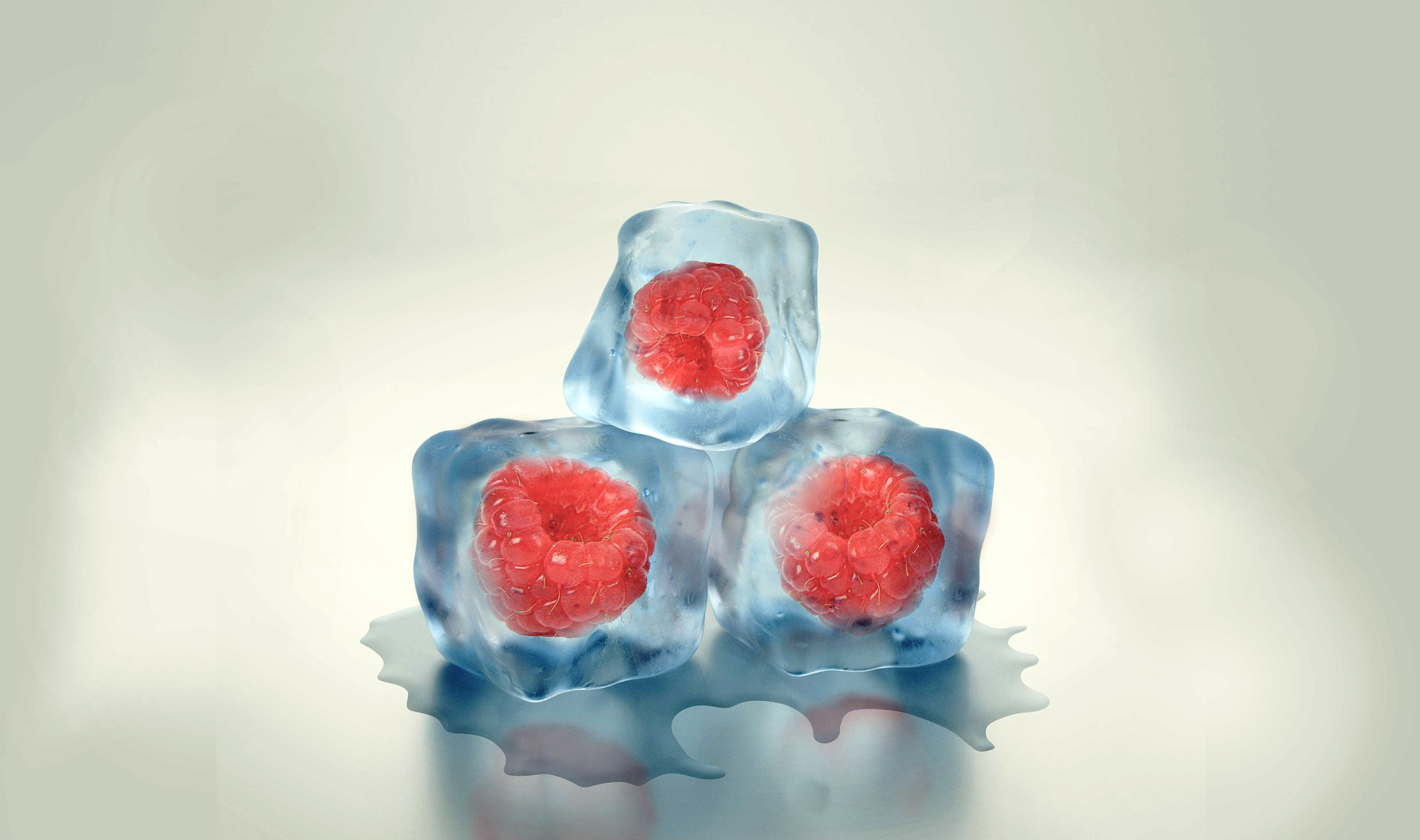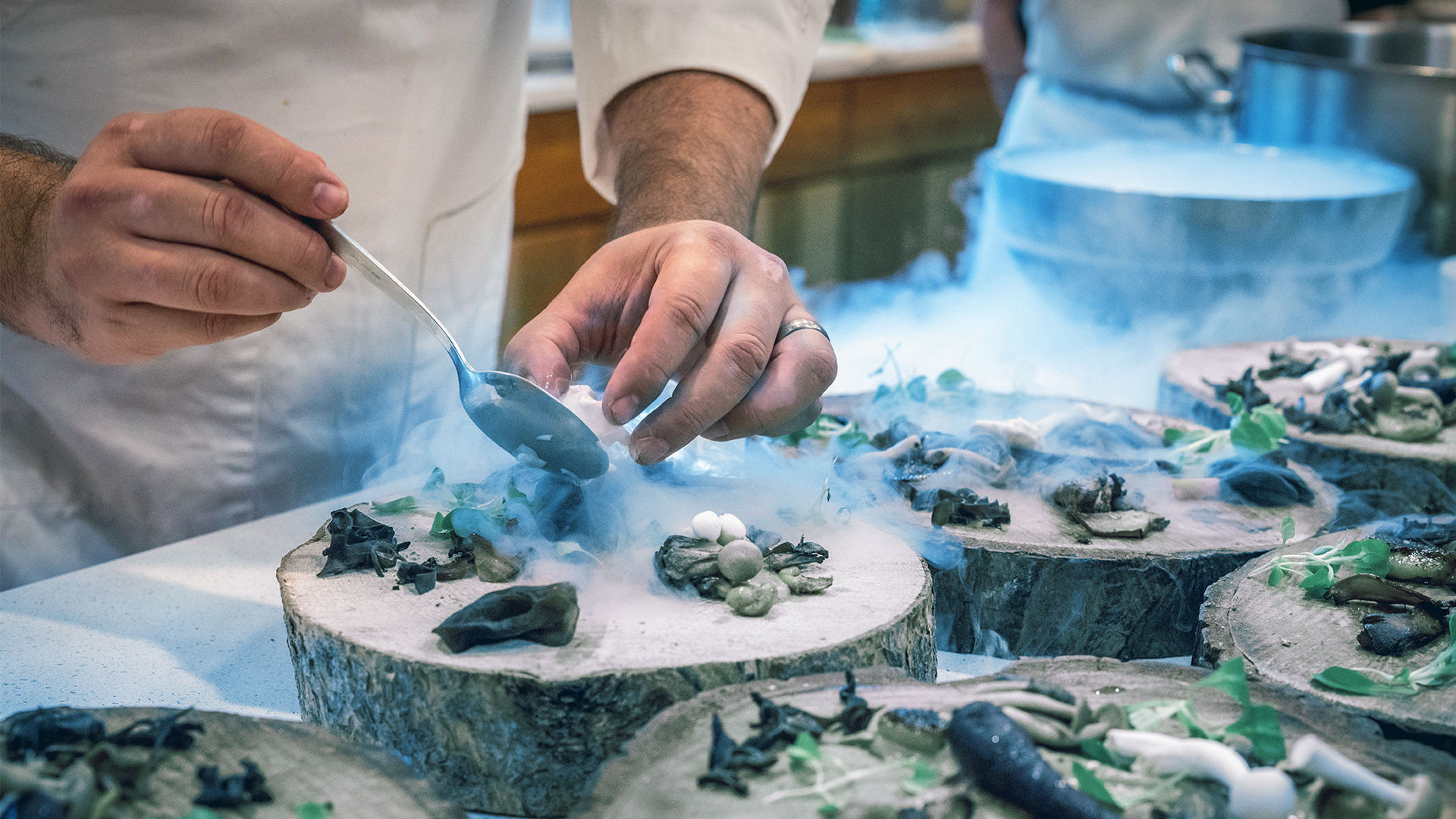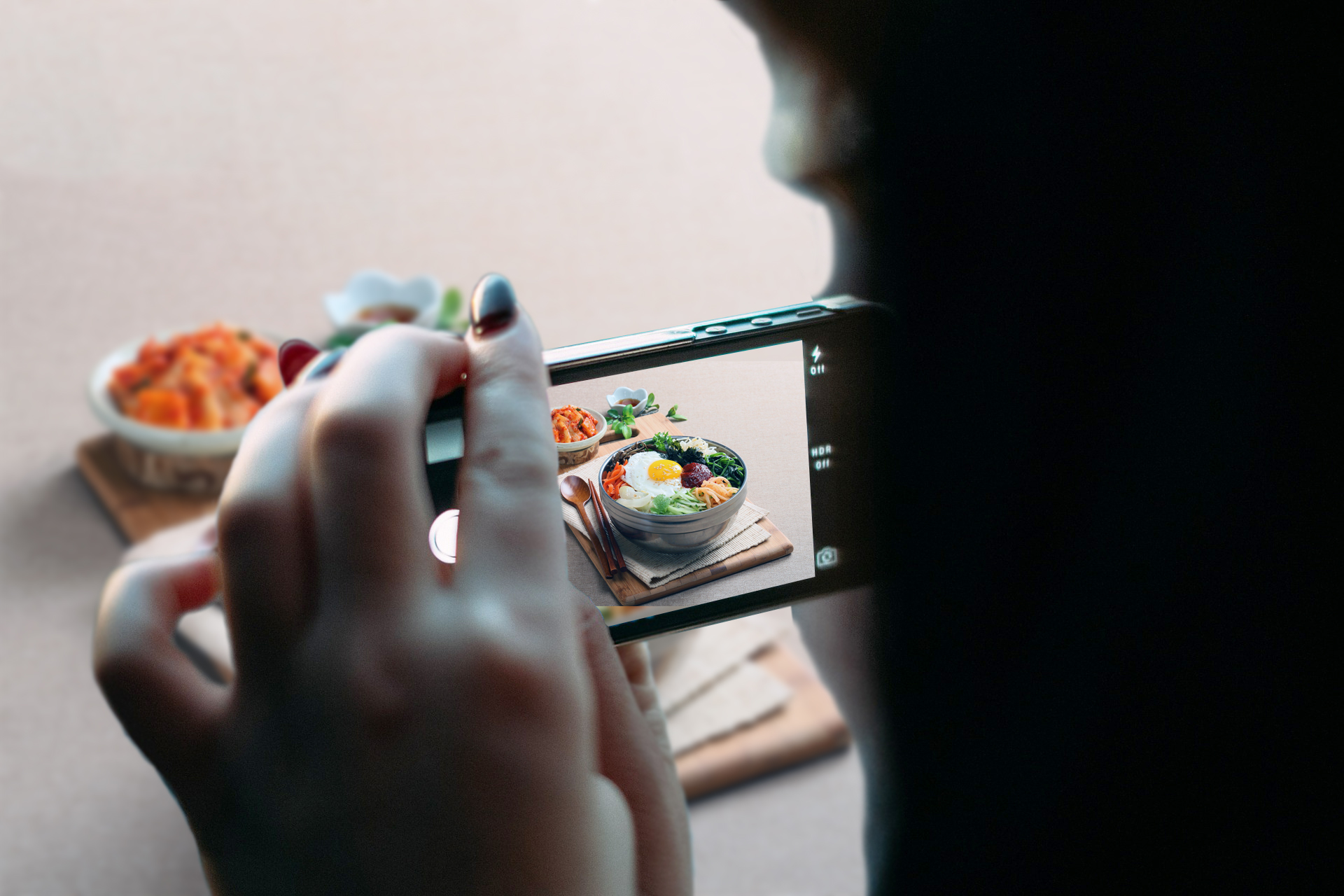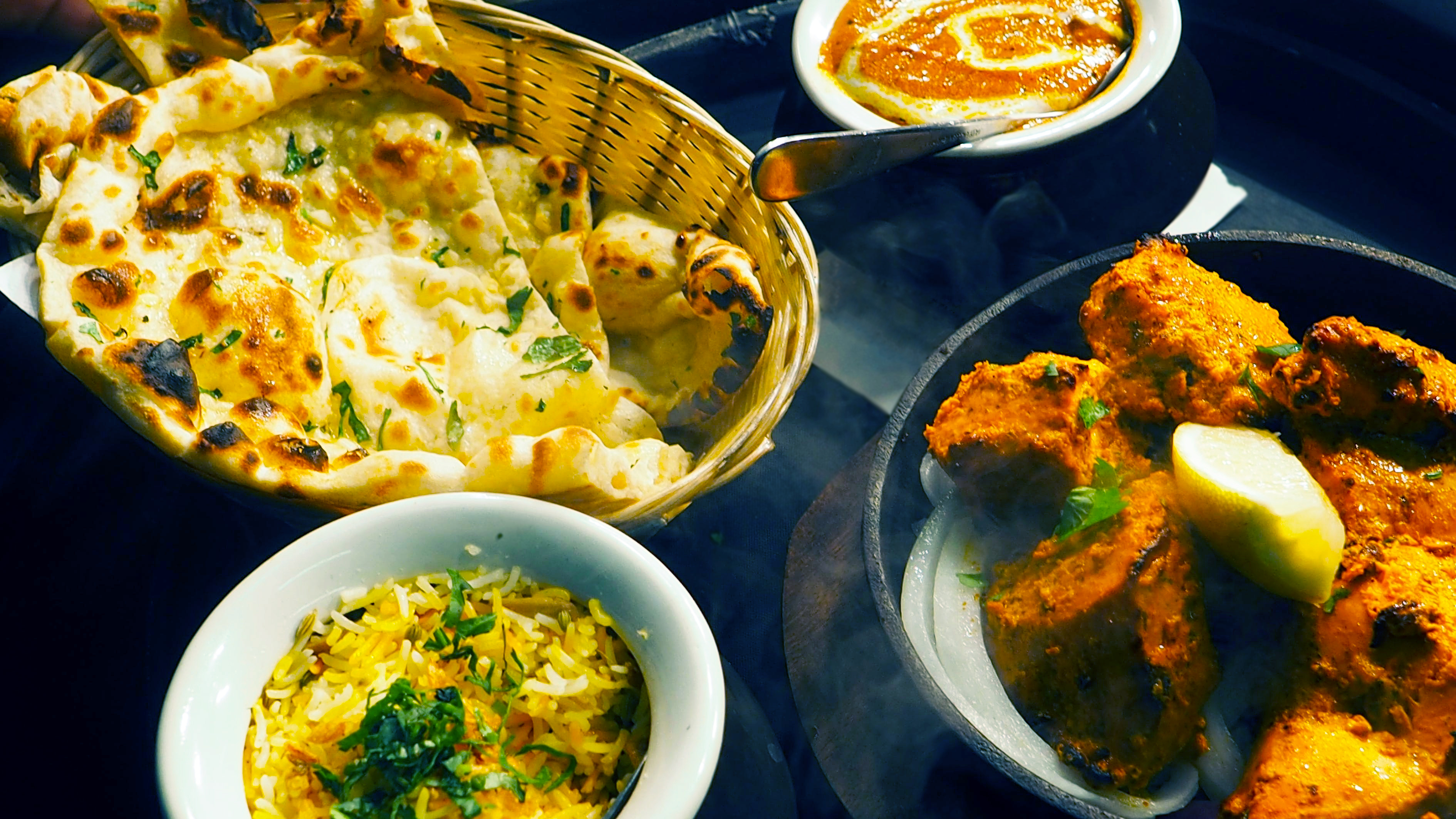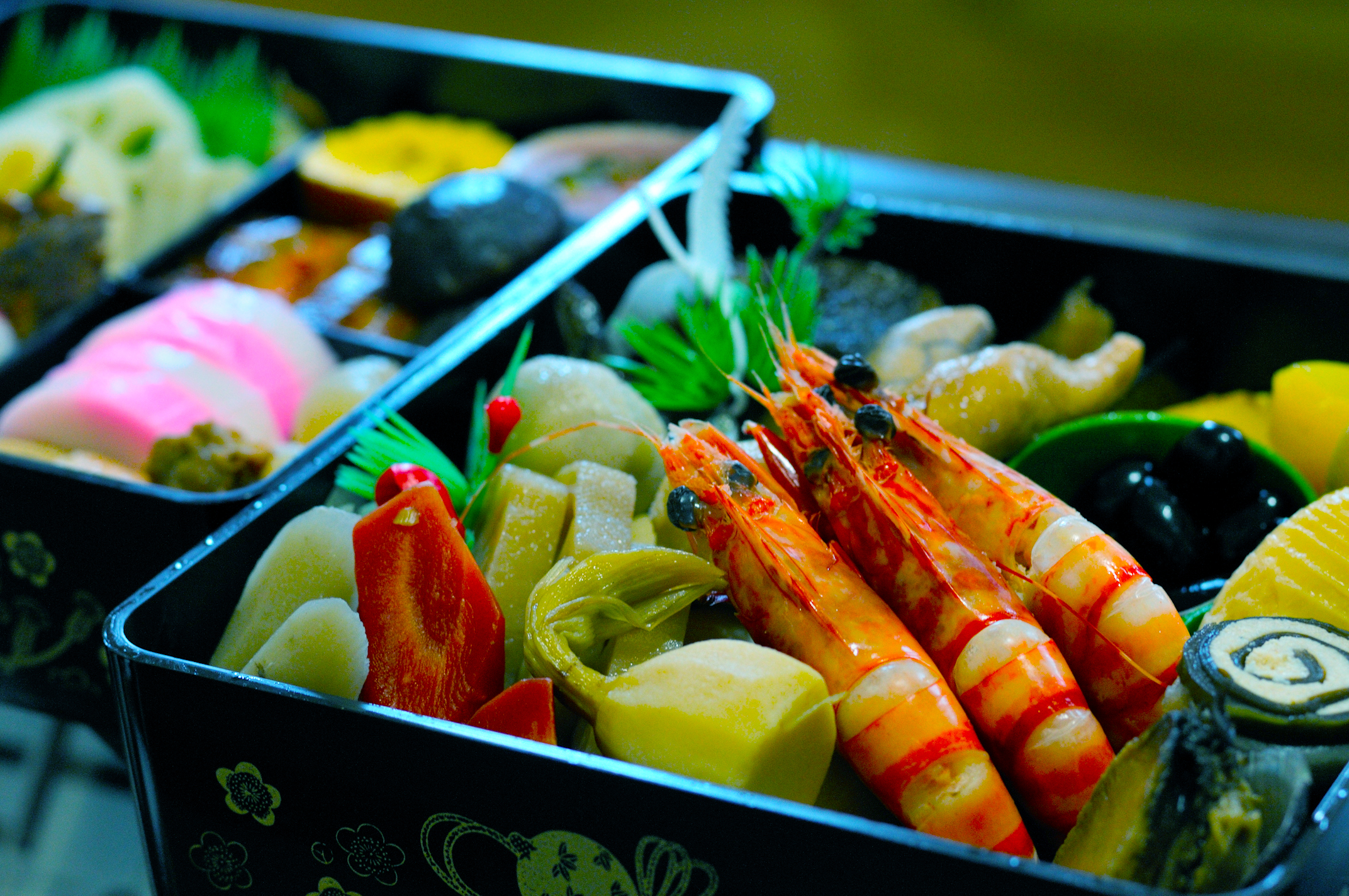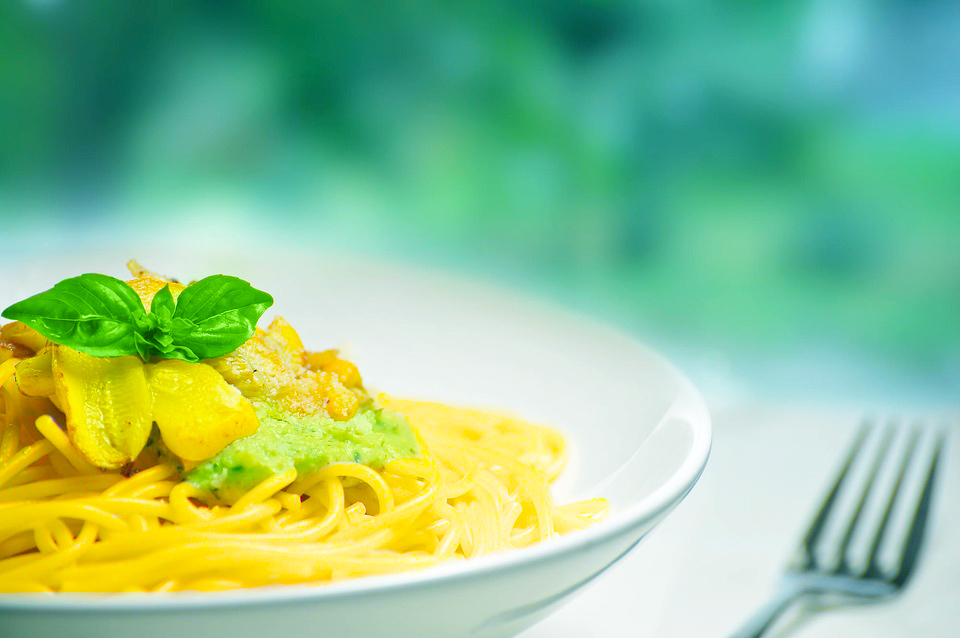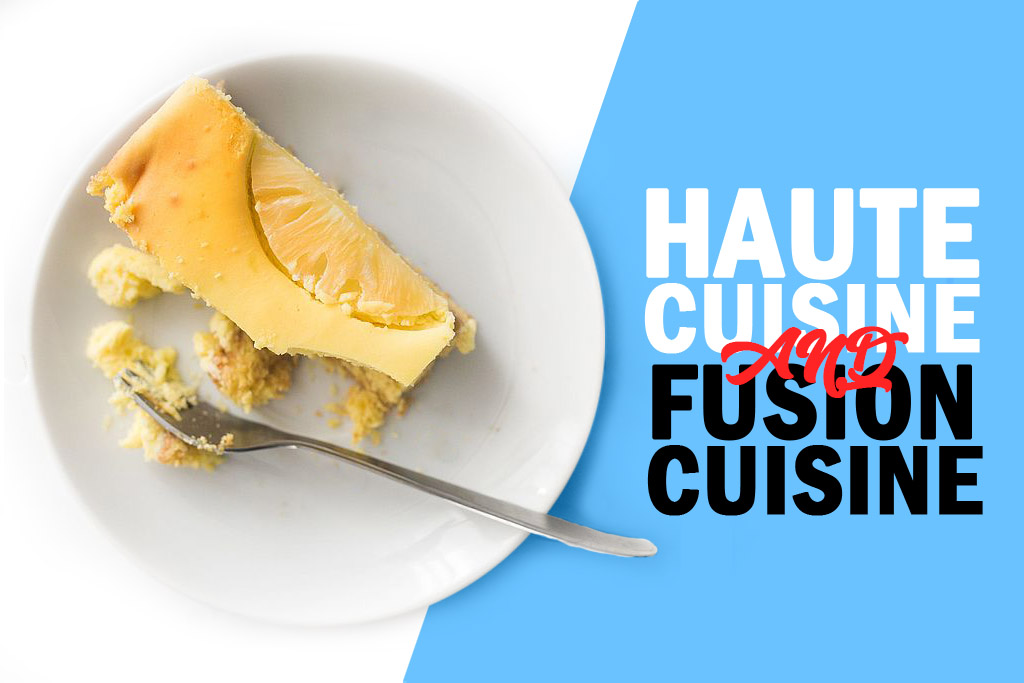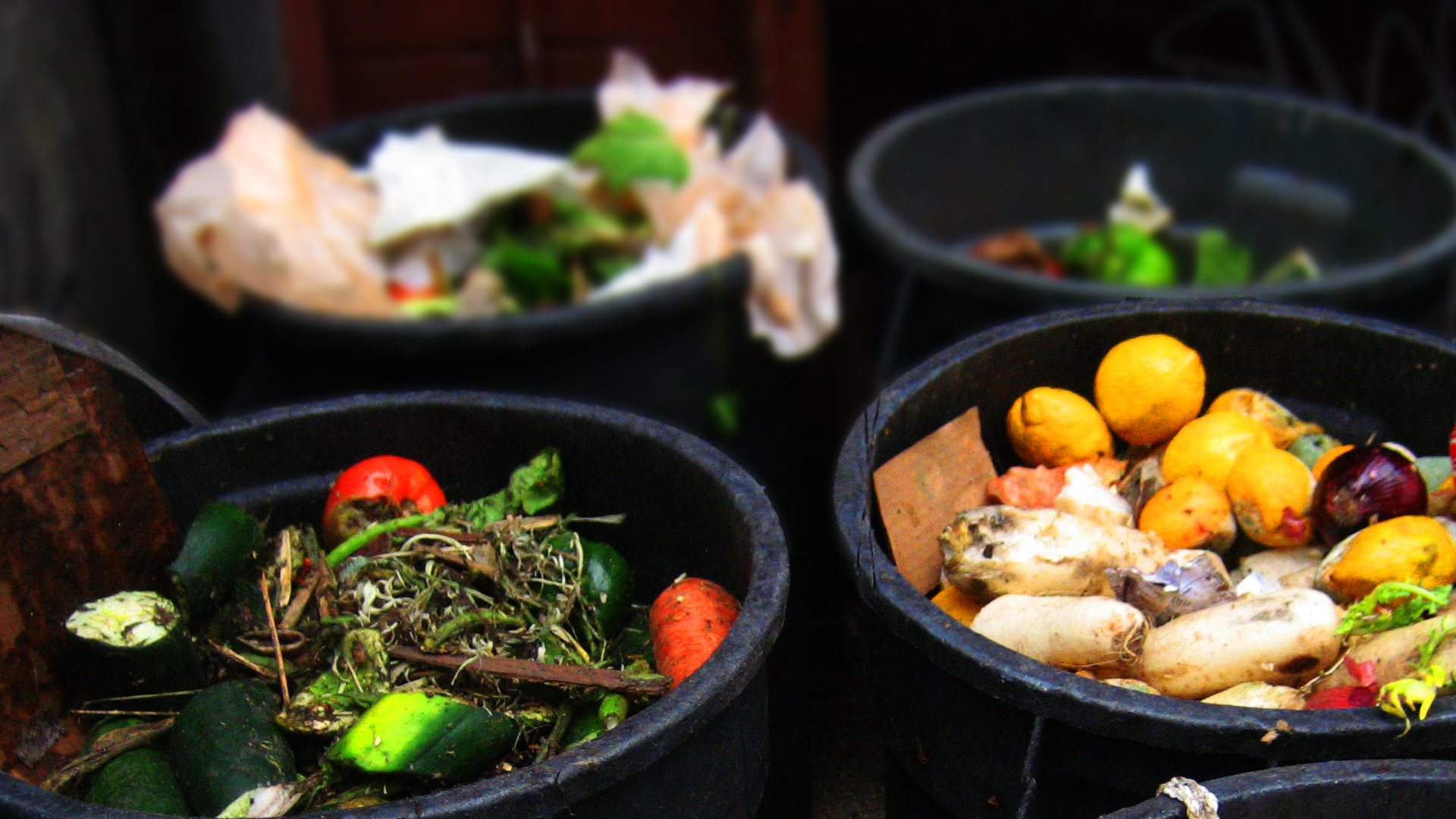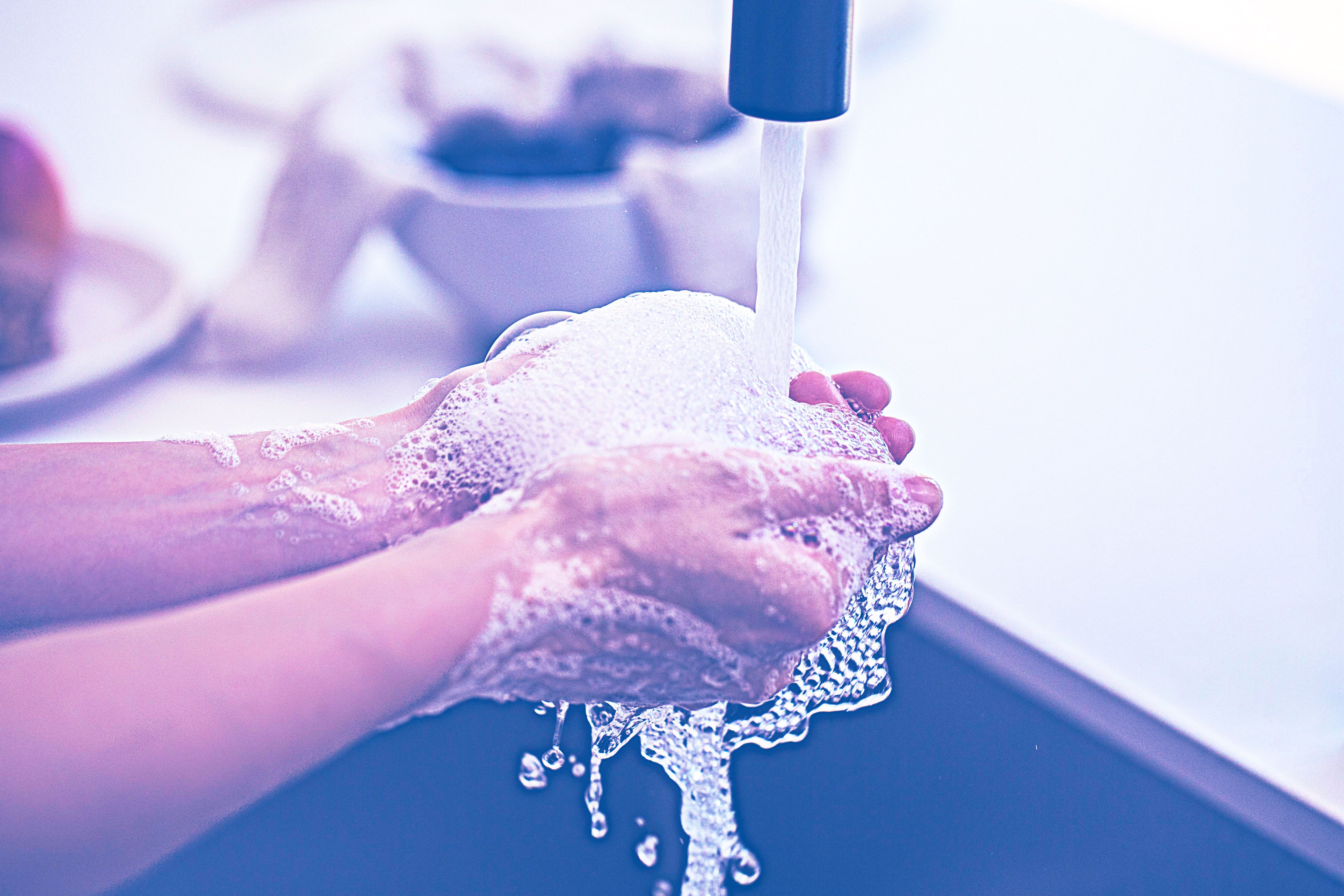 With thousands of guests and crew to be fed, cruise ship chefs jobs demand close attention to how food is cooked and stored before being served. Even a slight mistake can cause bacteria and germs to proliferate and spread, increasing the risk of infection.
With thousands of guests and crew to be fed, cruise ship chefs jobs demand close attention to how food is cooked and stored before being served. Even a slight mistake can cause bacteria and germs to proliferate and spread, increasing the risk of infection.
Globally, cruise ship chefs follow strict procedures when it comes to handling food. The main aim is to keep it out of the temperature range between 4 degrees Celsius and 60 degrees Celsius (4°F and 140°F). This range is known as the Danger Zone and is most ideal for bacteria to thrive, thus greatly increasing the risk of infection.
Bacteria such as staphylococcus aureus, salmonella enteritidis, escherichia coli (e.coli) and campylobacter are the most common disease-causing microbes found in food. A small percentage of the human population can carry some of these microbes (such as staphylococcus) in safe numbers long-term, but it’s when they start breeding uncontrollably that the problem arises.
They produce toxins that poison the human body, and such food-related illnesses are so common that millions get sick each year simply from poor hygiene and unsafe cooking and storage methods.
Cruise ship chefs know that food should never be left out of the refrigerator for more than two hours, or without sufficient heat for more than an hour. This means they need to plan ahead, particularly since most meat is frozen.
The most acceptable way to defrost meat is to place it in the refrigerator overnight in a way that neither the meat nor its run off juices can come in contact with other cooked food or vegetables. This ensures that the meat is stored under 4 degrees Celsius while it defrosts and is ready to be used the next morning.
Due to the volume of food that needs to be cooked, most produce and meat is frozen in large batches. But some specific food might need to be bagged or bought in smaller quantities – truffles, caviar, specialty cheeses, etc – as only small amounts are needed at a time. For this, they might need to more finely estimate the amount needed for the upcoming meal before taking it out of storage.
Vegetables are always washed well in cold water to remove any bacteria and soil residue. They must be kept well away from uncooked meats and must always be prepared on separate cutting boards or work stations. Even the knives, other cutlery and clean dishcloths must be used around raw vegetables, particularly those that will be going into a salad or used as crudités.
When cooking, cruise ship chefs know that they must allow meat to attain a certain temperature to ensure that all the bacteria have been killed. Red meat, including beef, pork, lamb and veal, should reach an internal temperature of at least 63 degrees Celsius (145°F), then rested before service. If the meat has been ground, it should be cooked to an internal temperature of at least 71 degrees Celsius (160°F). For poultry, the internal temperature of the meat should measure at least 74 degrees Celsius (165°F) to be considered safe to eat.
However, care should be taken that the raw meat should have been out of the danger zone before being cooked as the toxins that some bacteria produce are heat resistant.
Any leftovers are cooled quickly in shallow containers, then stored in clearly marked containers and refrigerated within two hours. The containers on cruise ship vessels are required to show information such as the name of the dish, any specific common allergen ingredients and a use-by date.
These should be used quickly if stored in a fridge at 4 degrees Celsius (40°F) or they should be frozen at -18 degrees Celsius (0°F) where bacteria are rendered inactive.
To reheat food, the entire dish must evenly reach an internal temperature of at least 74 degrees Celsius (165°F) before it can be considered safe to be consumed.



